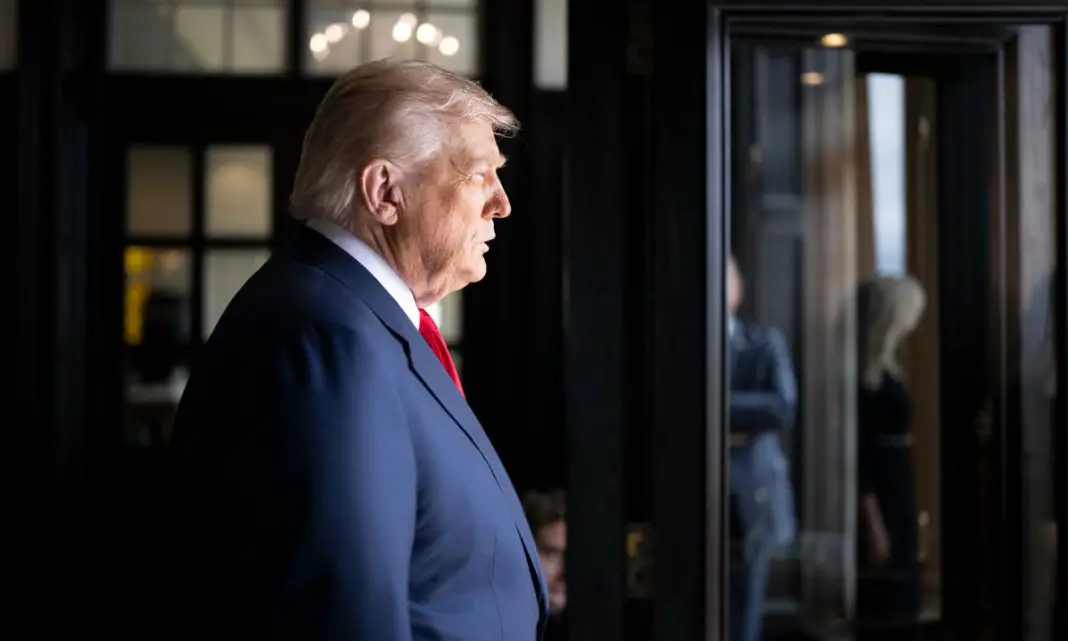Trump’s Ukraine Security Plan Bolsters U.S. Interests with European Leadership
President Donald Trump, during a White House meeting on August 18, with Ukrainian President Volodymyr Zelenskyy and European leaders, announced a framework for Ukraine’s security guarantees that positions European allies to bear the primary financial and operational burden, minimizing U.S. commitments while advancing American interests.
The plan, discussed days after Trump’s August 15 summit with Russian President Vladimir Putin in Alaska, aims to end the Russia-Ukraine war through security assurances, with Europe leading the effort. “President Putin agreed that Russia would accept security guarantees for Ukraine. And this is one of the key points that we need to consider,” Trump said.
Europe Takes the Lead
Trump emphasized the cost-saving benefits for the U.S., stating, “I think that the European nations are going to take a lot of the burden. We’re going to help them, and we’re going to make it very secure.” The arrangement, which could involve a European-led “Multinational Force Ukraine” of 10,000 to 30,000 troops, allows the U.S. to limit direct troop deployments while supporting regional stability, preserving American resources. Trump noted potential territorial adjustments, saying, “We also need to discuss the possible exchanges of territory, taking into consideration the current line of contact,” framing it as a pragmatic step to avoid prolonged U.S. engagement.
Diplomatic Gains with Minimal U.S. Commitment
U.S. special envoy Steve Witkoff, on CNN’s State of the Union on August 17, confirmed Russia’s concession to accept U.S. and European security guarantees for Ukraine, similar to NATO’s Article 5, stating, “We got to an agreement that the United States and other European nations could effectively offer Article 5-like language to cover a security guarantee.”
This development, a first in negotiations with Russia, strengthens U.S. diplomatic leverage without requiring extensive American military commitments, aligning with Trump’s focus on reducing overseas spending.
Ukraine’s Call for U.S. Support
Zelenskyy stressed the need for U.S. support, saying, “Security in Ukraine depends on the United States and on you and on those leaders who are with us in our hearts,” and added, “We spoke about it and we will speak more about security guarantees. This is very important that the United States gives such strong signal and is ready for security guarantees.”
However, Trump clarified a limited U.S. role, noting, “We’re going to help them out also. We’ll be involved,” suggesting logistical or diplomatic support rather than major troop deployments, protecting American taxpayers from the $113 billion in Ukraine aid spent since 2022, per Department of Defense estimates.
European Commitment to Regional Stability
French President Emmanuel Macron acknowledged Europe’s primary role, stating, “In order to have such a long-standing peace for Ukraine and for the whole continent, we do need the security guarantees. And the first one is clearly a credible Ukrainian army. For the years and decades to come. And the second one is our own commitments. All of us… You can be sure that the Europeans are very lucid about the fact that they have their fair share in the security guarantees for Ukraine, but their own security is clearly at stake in the situation.”
This European commitment, backed by leaders like German Chancellor Friedrich Merz and U.K. Prime Minister Keir Starmer, ensures that nations closer to the conflict zone fund and manage the bulk of the security framework, reducing U.S. exposure.
Strategic Advantage for the U.S.
The plan follows Trump’s August 17 suggestion that Ukraine cede Crimea and forgo NATO membership to end the war, a proposal Zelenskyy rejected but which underscores Trump’s aim to avoid entangling the U.S. in open-ended conflicts. Social media posts on X reflect support among some Americans for the cost-sharing approach, with users praising Trump’s strategy to “keep America’s wallet out of it.” The deal, still under negotiation, positions the U.S. as a key diplomatic player while shifting financial and military responsibilities to Europe, aligning with Trump’s “America First” agenda.

